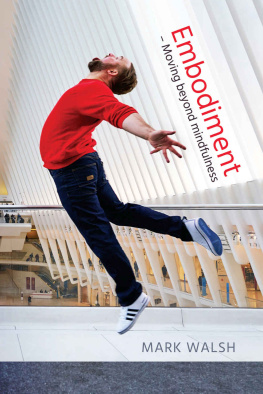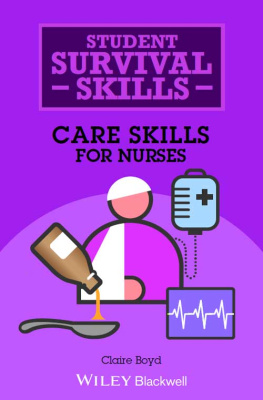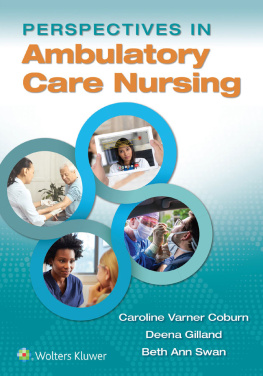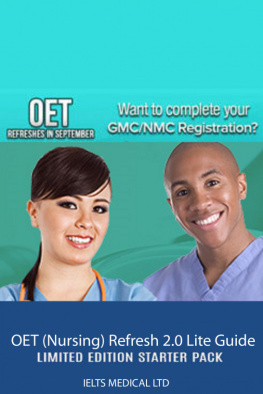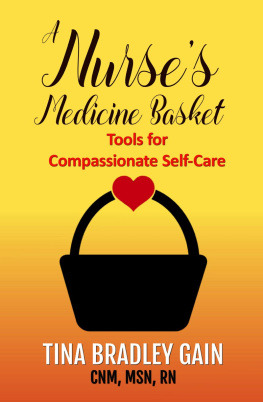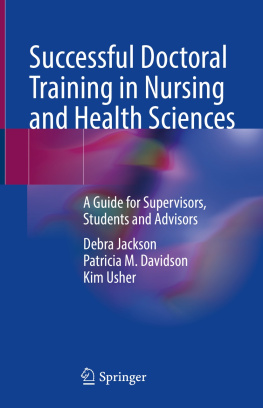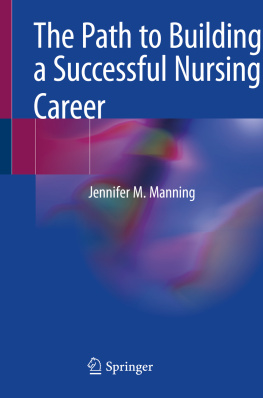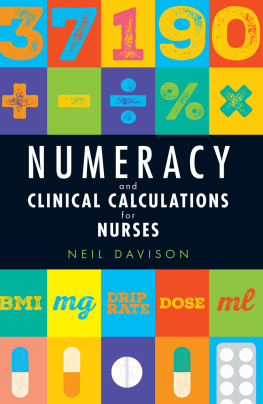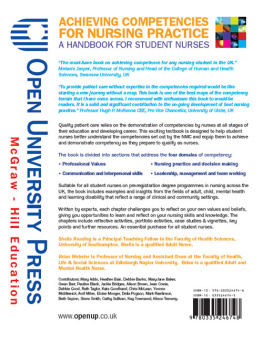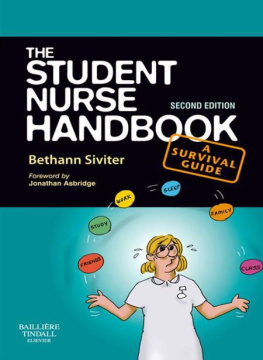


ISBN 9781908625496
Published in 2018 by Lantern Publishing Ltd
Lantern Publishing Ltd, The Old Hayloft, Vantage Business Park, Bloxham Rd, Banbury OX16 9UX, UK
www.lanternpublishing.com
2018, Mark Walsh
The right of Mark Walsh to be identified as the author of this work has been asserted by him in accordance with the Copyright, Designs and Patents Act 1988.
All rights reserved. No part of this publication may be reproduced, stored in a retrieval system, copied or transmitted in any form or by any means, electronic, mechanical, photocopying, recording or otherwise without either written permission from Lantern Publishing Ltd or by a licence permitting restricted copying in the UK issued by the Copyright Licensing Agency, Saffron House, 610 Kirby Street, London EC1N 8TS, UK.
www.cla.co.uk
British Library Cataloguing in Publication Data
A catalogue record for this book is available from the British Library
The authors and publisher have made every attempt to ensure the content of this book is up to date and accurate. However, healthcare knowledge and information is changing all the time so the reader is advised to double-check any information in this text on drug usage, treatment procedures, the use of equipment, etc. to confirm that it complies with the latest safety recommendations, standards of practice and legislation, as well as local Trust policies and procedures. Students are advised to check with their tutor and/or mentor before carrying out any of the procedures in this textbook.
Typeset by Medlar Publishing Solutions Pvt Ltd, India
Cover design by Andrew Magee Design Ltd
Artwork by Hilary Strickland
Printed in the UK
Distributed by NBN International, 10 Thornbury Rd, Plymouth, PL6 7PP, UK
Contents
Preface
Welcome to Key Topics in Social Sciences !
Developing a greater understanding of social science probably isnt the reason you chose a nurse training course and you might be wondering why you have to spend precious time trying to get to grips with social science concepts, terminology and theories. If you havent studied social science yet, it can at first seem unfamiliar, vague and disconnected from your everyday life as a student nurse. Enthusiastic social science tutors can also forget that the words that trip off their tongues may sound obscure and meaningless to student nurses who have to cover a broad range of subjects during their degree courses. If you are new to social science, you may approach it feeling like an outsider being forced to jump through pointless hoops and fill your head with jargon. In reality, studying social science is helpful and isnt as pointless or difficult as you might think at the start.
Social science concepts and theories play an important part in helping us to make sense of the complexities of everyday life, the experiences of the people you will be caring for and the world(s) and cultures they come from. As in the natural sciences, the terminology and concepts of social science do have a useful function because they enable us to think and talk about the man-made aspects of everyday life and our experiences of it. They will give you a way in to make sense of your own and other peoples psychological and emotional experiences and also help you to gain a better perspective on how society more broadly can influence a persons opportunities, health choices and experiences. It might seem difficult at first, but its important to get to grips with the jargon and to learn the language of social science so that you can incorporate this into the way you think and practise as a nurse.
There are a lot of specialist social science books, dictionaries, encyclopaedias, journals and web resources out there. I suspect that your university library has a fairly good selection available. You should make use of them when you need to and have the time. The reason for this book and its AZ format is that many student nurses dont have the time or energy to read whole social science books, carry out extensive literature reviews or hunt down obscure articles (however helpful they might be). This is a bit of a short-cut, designed to quickly get you started on new topics, to point you in the right direction in your essays and to streamline the task of building up your social science knowledge. The entries in the book dont tell you everything there is to know about a topic. They provide a way in and get you started. Treat them like a launchpad or a quick briefing that you can follow up. To make this easier, there are some See also suggestions at the end of each entry. These are concepts or theories that are linked to the issue or term you have just read about. You will soon start to see the connections and have ideas about how to incorporate them into your essays. The Further reading suggestions that follow provide you with a more detailed source of information on the topic if you want, and have the time, to follow this up. So, as well as saving you time, the AZ style of the book is also trying to help you see the pathways and connections that exist between concepts, theories and terminology in the social sciences. You dont have to always follow these pathways and, hopefully, your curiosity and interest will lead you to spot and follow new pathways as you incorporate social science into your thinking and nursing practice.
Good luck with your efforts to make sense of and learn from the social sciences. It is worth it when you realise that you are able to see and understand the challenges you face and the experiences you have, in new and different ways. I am hopeful that this book will spark your enthusiasm and get you started on your exploration of the social sciences.
Mark Walsh
March 2018
About the author
Mark Walsh is a social science tutor and specialist mental health mentor who works with students taking university and further education courses. He is an experienced mental health nurse, tutor and textbook writer.
Acknowledgements
The publishers would like to thank the following former students who contributed to the development of this book by reviewing draft contents and sample material. We have listed the universities they were attending during this process, although they have graduated and registered as nurses since then.
Arefa Begum University of Wolverhampton
Sarah Brown University of Leeds
Harriet Davies (formerly Bradfield) University of Cumbria
Stefan Franks Open University
Age and ageing
Age is a flexible construct that carries different meanings, and is employed in differing ways, in the biomedical and social sciences. Social scientists treat age and ageing as social constructs. They are seen to carry culturally-based meanings about biological development and chronological age that impact on the organisation and experience of social life.
Chronological age and biological ageing
Age is often seen to be a natural, neutral fact or feature of the population. Its seen by many people as just a way of summarising how long a person, or a section of the population, has been alive. Similarly, in biological terms ageing is a natural, unavoidable process. Social scientists, however, point out that the social and cultural meanings of age and ageing also have a considerable impact on a persons opportunities and experiences across the human lifespan.


